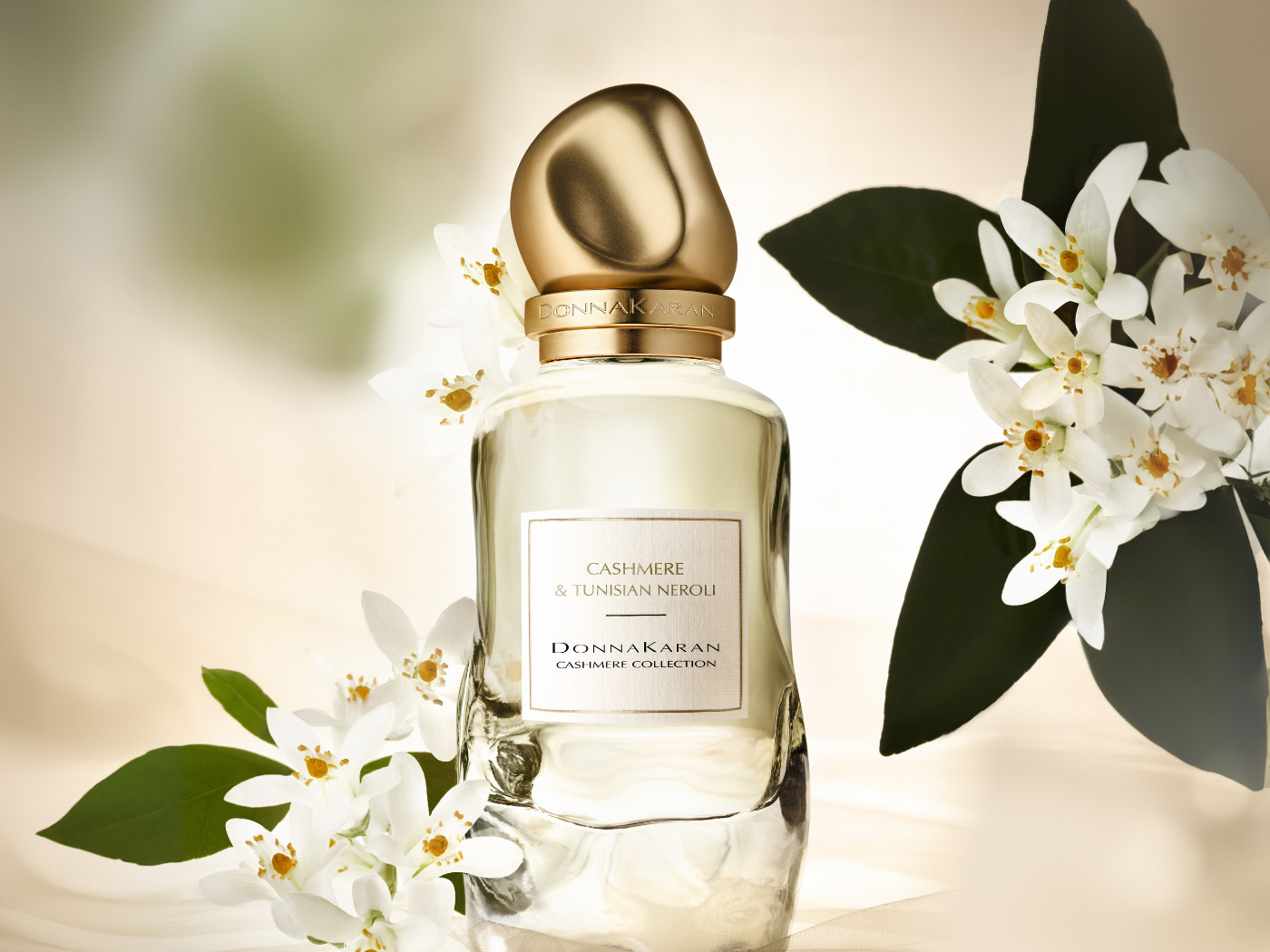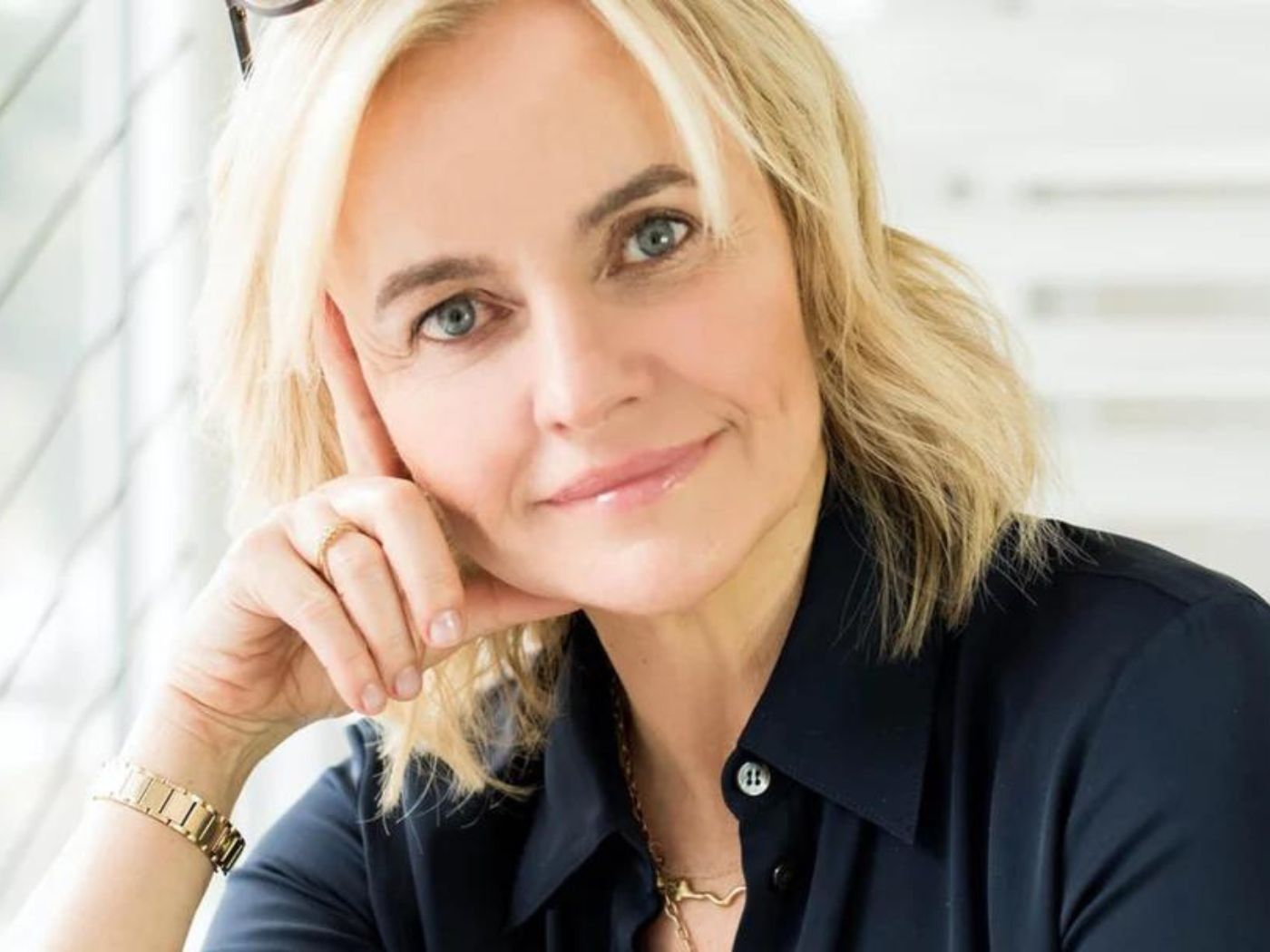If NPD’s Larissa Jensen could use only one word to characterize beauty in 2019, the word be disruption. Her word for 2020? Connection. “Not in terms of technology and devices, but the human connection we have to each other, to brands and to the environment,” she said. “As topics such as transparency and sustainability become more mainstream, consumers are putting the social and environmental impacts of their purchase decisions front and center, and brands will need to act accordingly.” To hear Larissa discuss in detail 2019’s performance and what this means for beauty in 2020, please attend CEW’s State of the Beauty Industry Report February 7. See below to learn how beauty’s three largest categories performed in 2019.
Total U.S. prestige beauty industry sales remained flat over 2018 with $18.8 billion generated for the year, according to The NPD Group. A 7 percent decline in makeup contributed to the flat performance despite a 5 percent gain in skin care, a 2 percent sales jump in fragrance and a 16 percent spike in hair care sales.
The $7.6 billion makeup category represents the largest share of beauty sales, but as skin care continues to grow the share gap between the two categories is narrowing. A key factor contributing to makeup’s annual performance is the overall decline in makeup usage. According to The Changing Face of Makeup, NPD’s latest report in conjunction with CivicScience, nearly one-quarter of women in the U.S. are using much/somewhat less makeup today. The findings show that casualization is factoring into this, with more women working from home and embracing a more natural look.
“’Natural’ is a big buzz word in many industries, especially beauty – in terms of product ingredients as well as consumers looking to achieve a more natural look. How makeup responds to this movement will be key to its revival,” said Larissa Jensen, Vice President and Beauty Industry Advisor, The NPD Group. Larissa predicts makeup will rebound in the next year or two: historically NPD has detected a shift between makeup and skin care every four to five years, and makeup began its slowdown in 2017.
For 2019, skin care generated $5.9 billion in sales, with natural being the top growth contributor representing 30% of total skin care sales. Staples such as cleansers and moisturizers grew in sales, while more targeted treatments, including acne treatments, brighteners, exfoliators and lip treatments were among the category’s top performers.
Fragrance sales totaled $4.5 billion propelled by the growth in stronger concentrations – perfumes (up 49 percent) and eau de parfums (up 9 percent). While artisanal fragrances continued to grow at the fastest rate, the success of top-ranked designer brands captured the largest share of category sales, which drove sales performance.




